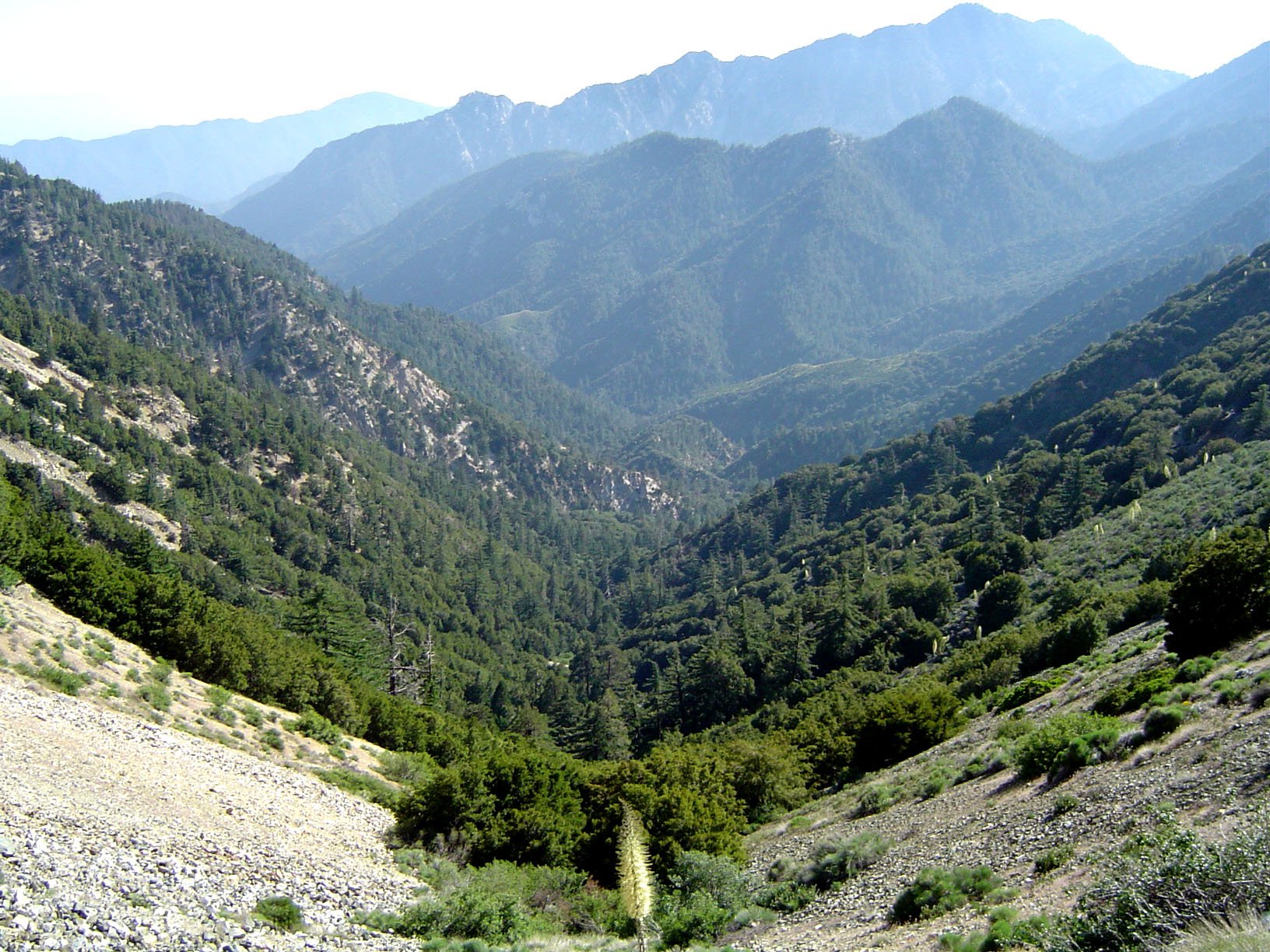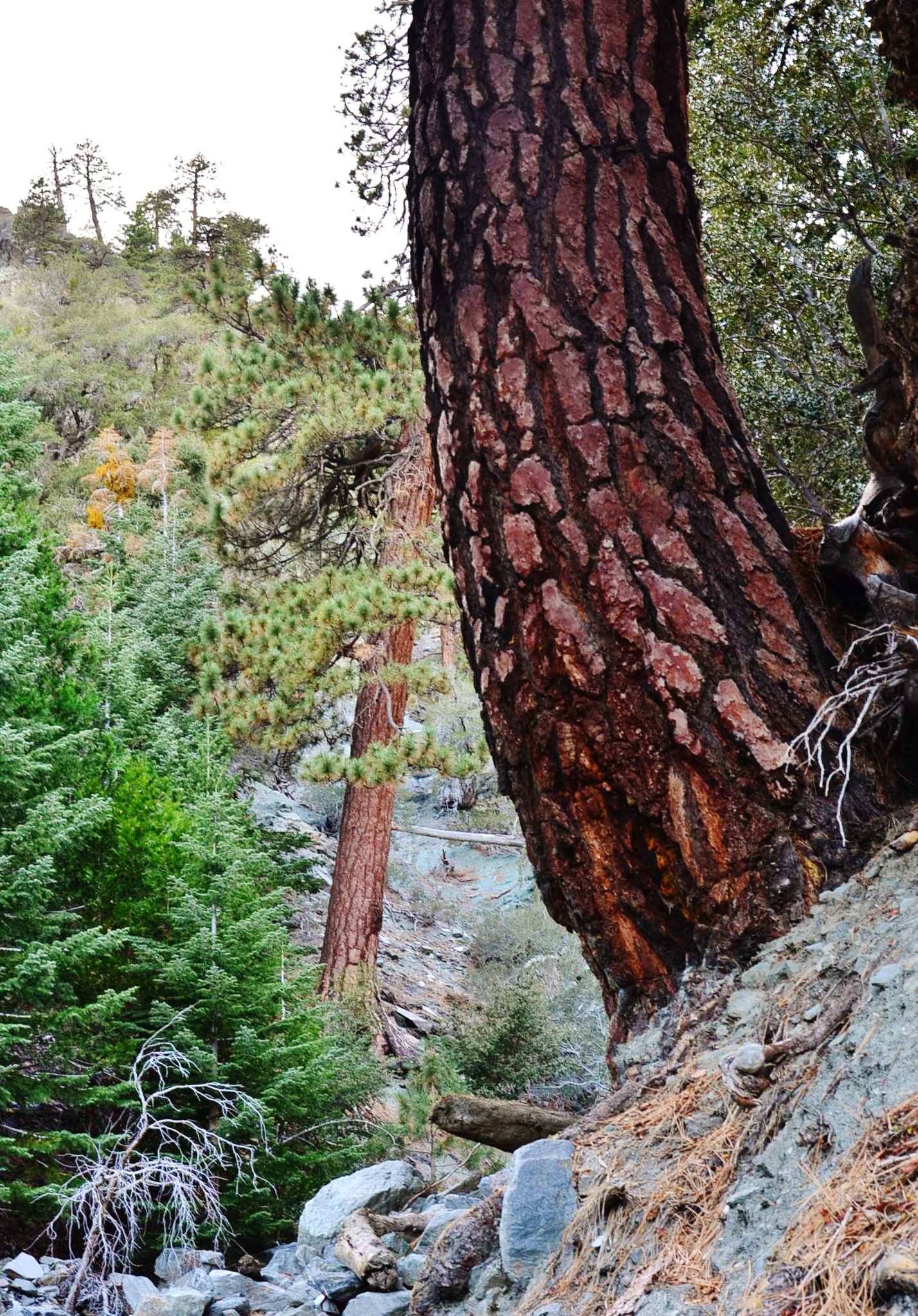The Angeles National Forest, spanning over 700,000 acres in Southern California, harbors a rich history of abandoned cabins that tell tales of early settlers, forest rangers, and bygone eras. These forgotten structures, scattered throughout the rugged terrain, offer a glimpse into the past and serve as silent witnesses to the changing landscape. From historic ranger stations to remnants of old mining camps, the abandoned cabins in Angeles National Forest provide a fascinating journey through time for hikers, history enthusiasts, and photographers alike.
What is the Historical Significance of Abandoned Cabins in Angeles National Forest?

The abandoned cabins in Angeles National Forest hold immense historical significance, representing various periods of human activity in the area. These structures range from early 20th-century ranger stations to remnants of mining camps and recreational retreats. Each cabin tells a unique story of the forest’s past, reflecting the changing roles of the land from resource extraction to conservation and recreation.
Old Short Cut Cabin: California’s First Ranger Station
One of the most notable abandoned structures is the Old Short Cut Cabin, also known as the Old Short Cut Ranger Station. Built in 1900 by Louie Newcomb and Phillip Begue, early Forest Service men, this cabin holds the distinction of being California’s first ranger station. Its history is a testament to the early days of forest management and conservation efforts in the state.
Key facts about the Old Short Cut Cabin:
– Constructed in 1900
– Originally located at the junction of Shortcut Canyon and West Fork of San Gabriel River Canyon
– Served as a popular stopping point on the Short Cut Canyon Trail
– Restored and relocated to Chilao Visitor Center in the 1980s
– Designated as California Historic Landmark No. 632 on March 3, 1958
Follows Camp: From Mountain Resort to Ghost Town
Another significant site with abandoned cabins is Follows Camp, which has a complex history spanning over a century. Established in 1896 by Ralph Follows as a hostelry in San Gabriel Canyon, it evolved into a mountain resort and later a residential community.
Timeline of Follows Camp:
1. 1896: Established by Ralph Follows
2. 1945: Restored by Sedley and Dolores Peck, becoming a mountain resort
3. Mid-20th century: Developed into a residential community with cabins and mobile homes
4. 2005: Devastated by a significant flood
5. 2011: Purchased by the City of Industry
6. Present: Largely abandoned and in disrepair
Where Can You Find Abandoned Cabins in Angeles National Forest?

Locating abandoned cabins in Angeles National Forest requires some research and hiking. Here are two notable locations:
- Old Short Cut Cabin
- Current location: Chilao Visitor Center
- GPS Coordinates: Approximately 34.3203° N, 117.8333° W
-
Access: Via Angeles Crest Highway
-
Follows Camp
- Location: Above Azusa, along the East Fork of San Gabriel River
- GPS Coordinates: Approximately 34.2333° N, 117.7833° W
- Access: Roads and trails in the East Fork area (note: access may be restricted)
What Safety Precautions Should You Take When Exploring Abandoned Cabins?
Exploring abandoned cabins in Angeles National Forest comes with inherent risks. Here are essential safety precautions to consider:
- Structural Integrity
- Be cautious of unstable structures
- Avoid entering buildings that appear unsafe
-
Watch for loose debris or falling objects
-
Wildlife Encounters
- Carry bear spray
- Make noise while hiking to avoid startling animals
-
Be aware of potential snake habitats
-
General Safety Tips
- Check current conditions and closures before visiting
- Bring a first aid kit and navigation tools
- Stay on designated trails
- Respect fire restrictions and extreme fire danger levels
How Can Photographers Capture the Best Images of Abandoned Cabins?
For photographers looking to document these historic structures, consider the following tips:
- Optimal Lighting
- Early morning or late afternoon for soft, golden light
-
Overcast days for even lighting and enhanced texture
-
Composition Techniques
- Wide shots to show the cabin in its environment
- Close-ups of unique features or textures
-
Use of leading lines to draw the viewer’s eye
-
Equipment Recommendations
- Wide-angle lens for landscape shots
- Macro lens for detail work
- Tripod for low-light situations
-
Polarizing filter to enhance sky and reduce glare
-
Legal Considerations
- Check with U.S. Forest Service for photography permits
- Respect private property and restricted areas
What are the Best Times to Visit Abandoned Cabins in Angeles National Forest?
The best times to visit abandoned cabins in Angeles National Forest depend on your preferences and goals:
- Spring (March to May)
- Mild temperatures
- Wildflowers in bloom
-
Potential for snow at higher elevations
-
Fall (September to November)
- Comfortable temperatures
- Fall colors in some areas
-
Less crowded than summer months
-
Winter (December to February)
- Snow-covered landscapes (at higher elevations)
- Challenging access due to weather conditions
-
Unique photographic opportunities
-
Summer (June to August)
- Long daylight hours
- Warm temperatures
- Busiest season with more visitors
How Has the Forest Service Managed These Abandoned Structures?
The U.S. Forest Service has taken various approaches to managing abandoned cabins in Angeles National Forest:
- Preservation Efforts
- Restoration of historically significant structures (e.g., Old Short Cut Cabin)
-
Documentation of cabin locations and histories
-
Safety Measures
- Removal of hazardous structures
-
Posting warning signs at unsafe sites
-
Educational Initiatives
- Interpretive displays at visitor centers
-
Guided tours of select historic sites
-
Access Management
- Restricting access to sensitive or dangerous areas
- Maintaining trails to accessible cabin sites
What Future Plans Exist for Abandoned Cabins in Angeles National Forest?
The future of abandoned cabins in Angeles National Forest remains a topic of discussion among conservationists, historians, and forest management officials. Some potential plans and considerations include:
- Restoration Projects
- Identifying cabins with historical significance for preservation
-
Seeking funding for restoration efforts
-
Documentation Initiatives
- Creating a comprehensive inventory of remaining structures
-
Developing digital archives of cabin histories and photographs
-
Adaptive Reuse
- Exploring possibilities for converting some cabins into educational centers or ranger outposts
-
Considering the use of select cabins for backcountry accommodations
-
Natural Reclamation
- Allowing some structures to naturally decay, returning to the forest ecosystem
- Monitoring the environmental impact of abandoned structures
As the Angeles National Forest continues to evolve, the management of these abandoned cabins will likely balance preservation of historical resources with safety concerns and environmental considerations. Visitors interested in exploring these remnants of the past should do so responsibly, respecting both the historical significance of the sites and the natural environment that surrounds them.
References:
1. Old Short Cut – Wikipedia
2. Follows Camp: A Ghost Town Left to Rot
3. Angeles National Forest – History & Culture
